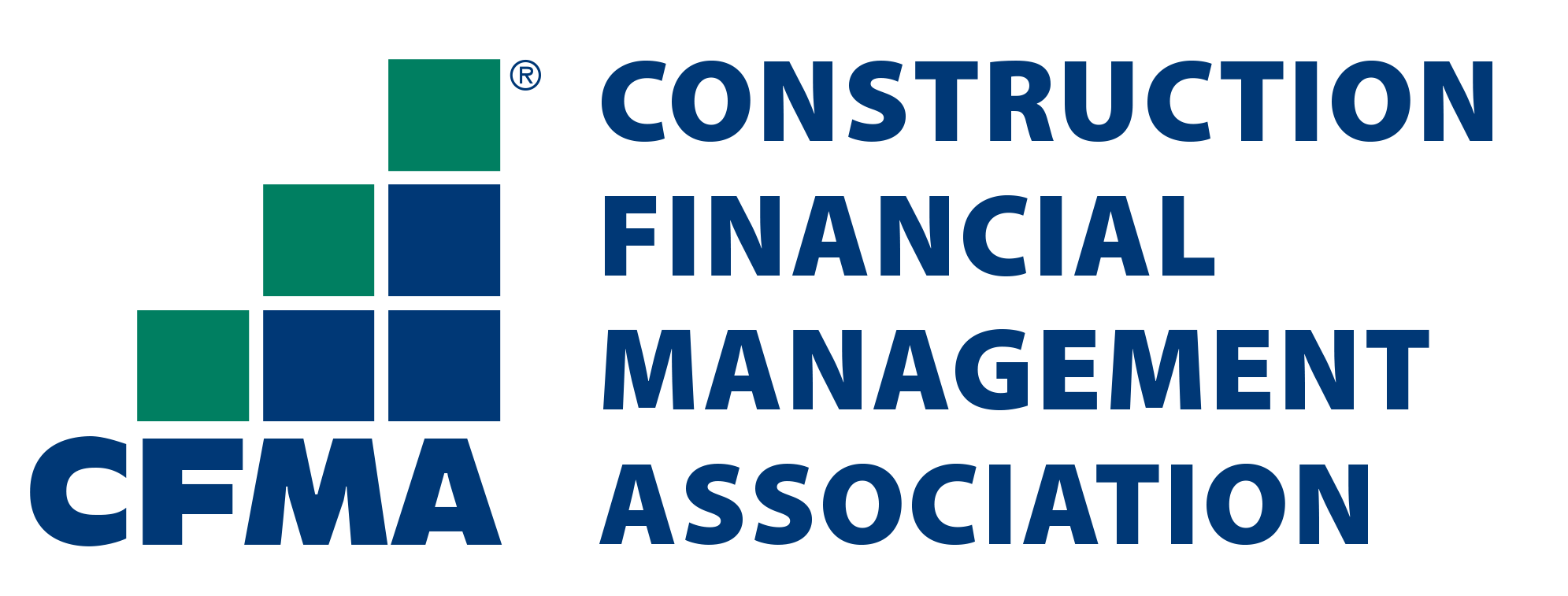
Real Estate Investment Trusts (REITs) vs. Direct Ownership: Pros and Cons
- December 20, 2023
- OHI

Investing in real estate has long been considered a sound strategy for building wealth and diversifying investment portfolios. When it comes to real estate investment, two primary options are available: investing through Real Estate Investment Trusts (REITs) or direct ownership of property. Both approaches offer distinct advantages and disadvantages. This comprehensive guide will delve into the pros and cons of REITs versus direct ownership, helping you make an informed decision on the best investment strategy for your needs. Additionally, considering accounting outsourcing can further enhance the efficiency and profitability of your real estate investments by ensuring precise financial management and compliance.
Real Estate Investment Trusts (REITs) are companies that own, operate, or finance income-generating real estate. They offer a way for individual investors to earn a share of the income produced through commercial real estate ownership without actually buying, managing, or financing any properties themselves. REITs typically trade on major stock exchanges, similar to stocks, providing liquidity and ease of transaction.
Direct ownership involves purchasing and owning physical property. This can include residential properties, commercial buildings, or land. The investor takes on the responsibilities of property management, maintenance, and leasing. Direct ownership provides the investor with full control over the property and its operations.
One of the most significant advantages of REITs is their liquidity. Since REITs are publicly traded on major stock exchanges, investors can buy and sell shares with relative ease. This liquidity provides flexibility and allows investors to react quickly to market changes.
REITs offer investors the ability to diversify their portfolios. By investing in a REIT, you gain exposure to a broad range of properties and geographic locations, reducing the risk associated with investing in a single property.
REITs are managed by professional teams with expertise in real estate. This management includes property acquisition, leasing, maintenance, and compliance with regulations. Investors benefit from this professional oversight without having to manage properties themselves.
REITs are required by law to distribute at least 90% of their taxable income to shareholders as dividends. This means investors receive regular income, often with attractive yields compared to other dividend-paying stocks.
REITs can offer tax advantages, such as the ability to deduct dividends paid to shareholders from their taxable income. Additionally, dividends received by investors are taxed at their individual income tax rate, which can be beneficial compared to other forms of investment income.
REITs are subject to stock market volatility. Their prices can fluctuate based on broader market trends, economic conditions, and investor sentiment. This volatility can affect the value of your investment.
While professional management is a benefit, it also comes with costs. REITs charge management fees, which can reduce the overall returns for investors. These fees are typically included in the expense ratio of the REIT.
Investors in REITs have no control over the individual properties within the trust. All decisions regarding property acquisition, leasing, and management are made by the REIT’s management team.
Although REITs offer regular income through dividends, these dividends are typically taxed as ordinary income, which may be higher than the capital gains tax rate. This can reduce the net income received from the investment.
One of the most significant advantages of direct ownership is control. Investors have full authority over their property, including decisions related to leasing, management, and improvements. This control allows for customized strategies to maximize returns.
Direct ownership provides the potential for property appreciation over time. Investors can benefit from the increase in property value, which can be realized upon sale. Additionally, improvements made to the property can enhance its value.
Direct property ownership offers various tax benefits, such as the ability to deduct mortgage interest, property taxes, and depreciation. These deductions can reduce taxable income and improve the overall return on investment.
Rental income from directly owned properties can provide a steady cash flow. Unlike REITs, the investor keeps all rental income generated from the property, after expenses, which can result in higher net income.
Investors can use leverage to purchase properties, using mortgage financing to acquire real estate. This leverage allows for the potential of higher returns, as the investor can control a more significant asset with a smaller initial investment.
One of the primary disadvantages of direct ownership is illiquidity. Selling a property can be a lengthy and complex process, taking months or even years. This lack of liquidity can limit an investor’s ability to access funds quickly.
Direct ownership comes with the responsibility of property management, including dealing with tenants, maintenance, repairs, and compliance with local laws and regulations. These tasks can be time-consuming and require specific expertise.
Investing in a single property or a small number of properties concentrates risk. Factors such as location, property type, and tenant stability can significantly impact the investment’s performance. Unlike REITs, there is less opportunity for diversification.
Purchasing real estate requires significant capital. Investors need substantial funds for down payments, closing costs, and ongoing maintenance expenses. This high capital requirement can be a barrier for many investors.
Property values and rental income can be affected by local market conditions, such as economic downturns, changes in zoning laws, or shifts in demand. These factors can impact the property’s performance and overall return on investment.
When deciding between REITs and direct ownership, it’s essential to consider your investment goals, risk tolerance, and level of involvement you are willing to undertake. Each option has its unique benefits and drawbacks, and the best choice will depend on your individual circumstances.
Both Real Estate Investment Trusts (REITs) and direct property ownership offer valuable opportunities for real estate investment. By understanding the pros and cons of each approach, you can make an informed decision that aligns with your financial goals and risk tolerance. Whether you choose the liquidity and diversification of REITs or the control and potential appreciation of direct ownership, real estate can be a powerful addition to your investment portfolio
Contact us for a customized NO OBLIGATION proposal for outsourcing your accounting activities.









